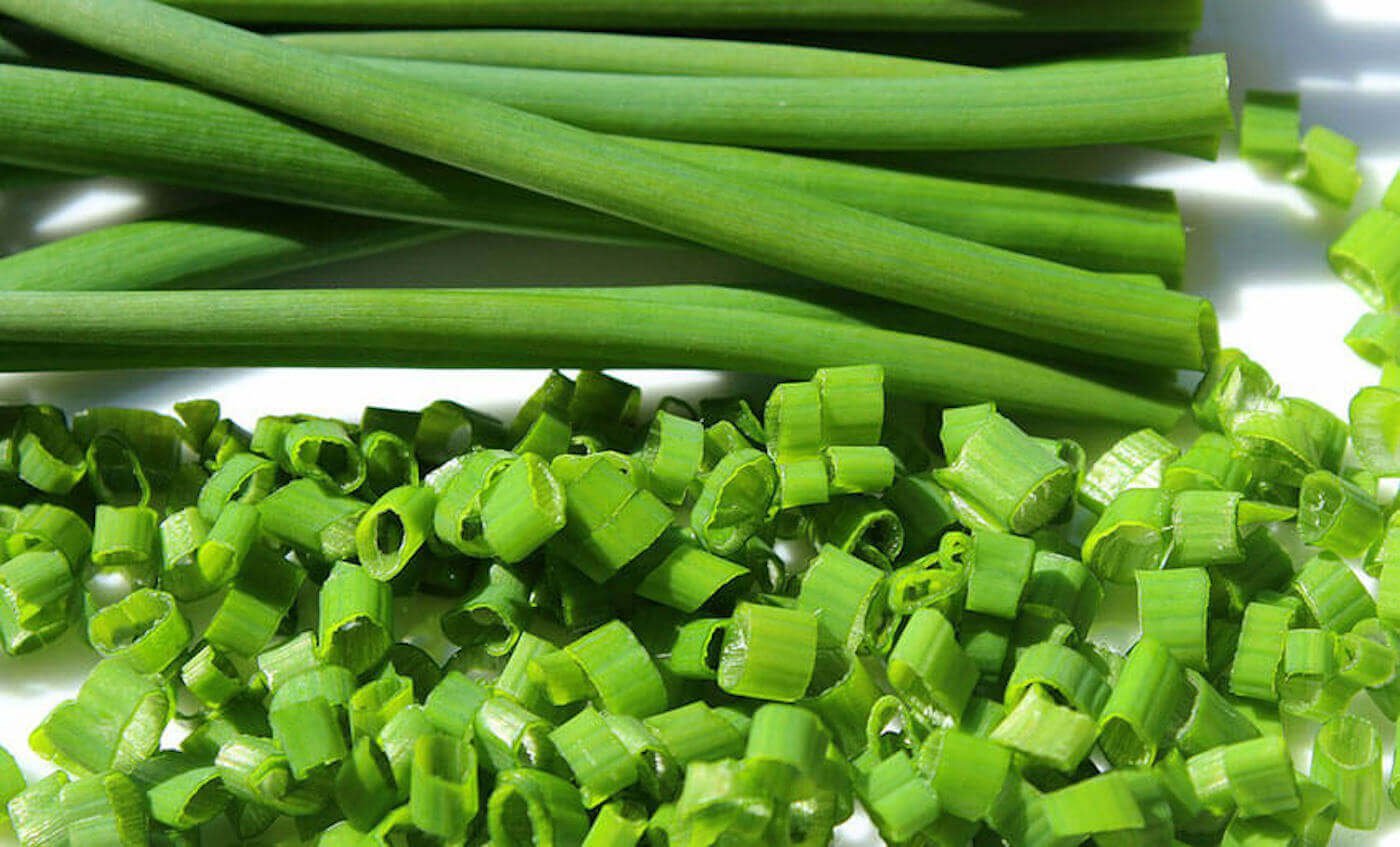Phytonutrients
Summary
Phytonutrients are antioxidant and anti-inflammatory. They may also enhance immunity and intercellular communication, repair DNA damage from exposure to toxins, detoxify carcinogens and alter oestrogen metabolism.
Phytonutrients, also known as phytochemicals, are naturally occurring compounds found in plants. They are responsible for various health benefits and contribute to the color, flavor, and disease resistance of the plants. Unlike essential nutrients (such as vitamins and minerals), phytonutrients are not essential for basic human survival but play a significant role in promoting overall health and preventing chronic diseases.
Categories of Phytonutrients
Carotenoids: These are pigments that give red, yellow, and orange colors to fruits and vegetables.
Beta-carotene: Found in carrots, sweet potatoes, and pumpkins; converts to vitamin A.
Lycopene: Found in tomatoes and watermelon; associated with reduced risk of prostate cancer.
Lutein and Zeaxanthin: Found in green leafy vegetables like spinach and kale; important for eye health.
Flavonoids: These are a diverse group of phytonutrients found in many fruits and vegetables.
Quercetin: Found in apples, onions, and berries; has anti-inflammatory and antioxidant properties.
Catechins: Found in green tea; known for their antioxidant effects.
Anthocyanins: Found in blueberries, strawberries, and blackberries; linked to heart health.
Phenolic Acids: These are found in fruits, vegetables, coffee, and whole grains.
Caffeic acid: Found in coffee; has antioxidant and anti-inflammatory properties.
Ferulic acid: Found in whole grains and seeds; protects against various chronic diseases.
Glucosinolates: Found in cruciferous vegetables like broccoli, Brussels sprouts, and cabbage.
Sulforaphane: Found in broccoli; has been shown to have anti-cancer properties.
Phytoestrogens: These are plant-derived compounds with estrogen-like activity.
Isoflavones: Found in soybeans and soy products; associated with reduced risk of certain cancers.
Lignans: Found in flaxseeds, sesame seeds, and whole grains; linked to hormone balance and reduced cancer risk.
Organosulfur Compounds: Found in garlic, onions, and leeks.
Allicin: Found in garlic; known for its antibacterial and anti-inflammatory properties.
Health Benefits
Antioxidant Properties: Phytonutrients can neutralize free radicals, reducing oxidative stress and preventing cellular damage. This can lower the risk of chronic diseases such as cancer, heart disease, and diabetes.
Anti-inflammatory Effects: Many phytonutrients have anti-inflammatory properties, which can help reduce the risk of inflammatory diseases like arthritis.
Immune System Support: Certain phytonutrients, like carotenoids, can boost the immune system, enhancing the body's ability to fight infections.
Hormonal Balance: Phytoestrogens can help balance hormones in the body, potentially reducing the risk of hormone-related cancers and alleviating symptoms of menopause.
Detoxification: Some phytonutrients aid in the detoxification processes in the liver, helping to eliminate toxins from the body.
Heart Health: Phytonutrients such as flavonoids and carotenoids can improve cardiovascular health by reducing blood pressure, improving cholesterol levels, and enhancing blood vessel function.
Sources of Phytonutrients
Phytonutrients are found in a wide variety of plant-based foods. Here are some common sources:
Fruits: Berries, citrus fruits, apples, grapes, and tomatoes.
Vegetables: Broccoli, kale, spinach, carrots, and sweet potatoes.
Nuts and Seeds: Flaxseeds, sesame seeds, and almonds.
Legumes: Soybeans, lentils, and chickpeas.
Whole Grains: Brown rice, oats, and quinoa.
Herbs and Spices: Turmeric, garlic, ginger, and parsley.
Beverages: Green tea, coffee, and red wine.
Incorporating a variety of phytonutrient-rich foods into your diet can provide numerous health benefits and help protect against chronic diseases. Eating a colorful array of fruits and vegetables ensures you get a wide range of these beneficial compounds. While more research is needed to fully understand the mechanisms of phytonutrients, their role in promoting health and preventing disease is well-supported by current scientific evidence.
High Phytonutrients Foods (from highest to lowest, per 100 grams)
Tomatos
Carrots
Potatoes
Peppers
Spinach
Kale
Broccoli
Lettuce
Garlic
Onion
Chives
Whole Grain Products
Green Tea [Sencha. Sourced from Japan, not China]
Dark Chocolate [95%]
References
Batstone, L. (2023, July 21). Phytonutrients and their health benefits - Sustainable Nutrition Initiative®. Sustainable Nutrition Initiative®. https://sustainablenutritioninitiative.com/phytonutrients-and-their-health-benefits/
Ditu, L., Grigore, M. E., Camen-Comanescu, P., & Holban, A. M. (2018). Introduction in nutraceutical and medicinal foods. In Elsevier eBooks (pp. 1–12). https://doi.org/10.1016/b978-0-12-814625-5.00001-7
Ldn, K. D. M. M. R. (2019, April 25). Phytonutrients: Paint your plate with the colors of the rainbow. Harvard Health. https://www.health.harvard.edu/blog/phytonutrients-paint-your-plate-with-the-colors-of-the-rainbow-2019042516501
Mph, E. M. (2022, November 27). Phytonutrients. WebMD. https://www.webmd.com/diet/phytonutrients-faq
Shapiro, H., Lev, S., Cohen, J., & Singer, P. (2009). Polyphenols in the prevention and treatment of sepsis syndromes: Rationale and pre-clinical evidence. Nutrition, 25(10), 981–997. https://doi.org/10.1016/j.nut.2009.02.010
What are phytochemicals? (And why should you eat more of them?). (2023, May 10). UCLA Health. https://www.uclahealth.org/news/article/what-are-phytochemicals-and-why-should-you-eat-more-them
















